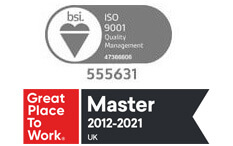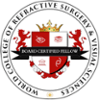What is Wavefront-Guided LASIK?
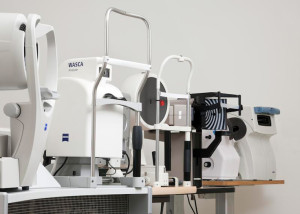
If you’ve been considering having Laser Eye Surgery to correct your refractive error, you may have set out to do some research on the topic. If this is the case, it is likely that you have come across more jargon than your sanity can deal with – and one of the unfamiliar words that you might now be wondering about is ‘wavefront’.
So, what is wavefront and what does it have to do with Laser Eye Surgery? Fear not, we’re about to explain everything you need to know.
We measure more than just refractive error
Our eyes are incredibly complex organs made up of literally millions of working parts. It should come as no surprise, then, that our vision is far from straightforward. While many of us tend to think that the quality of our vision is determined solely by our prescription, this isn’t really the case.
We also have to consider other factors. For example, refractive errors such as myopia (short-sightedness), hyperopia (long-sightedness), astigmatism, and presbyopia (ageing eyes), are what are known as lower-order aberrations. These can be corrected with visual aids such as glasses and contact lenses.
However, our eyes are also subject to higher-order aberrations. These include irregularities aside from refractive errors such as imperfections in the cornea and the optical system of the eye. These irregularities can affect the quality of your vision and also contribute to other problems such as decreased contrast sensitivity or night vision, glare, shadows, halos and starbursts.
This small percentage of our vision (estimated to account for around 5-10%) cannot be corrected with glasses and contacts.
What is Wavefront?
Wavefront analysis can be used to create a three-dimensional image of the eye, mapping out these higher-order aberrations. To achieve this, a wavefront aberrometer is used to record data from several areas on the surface of the cornea and perform an analysis of the visual system.
This works by measuring the light passing through your eye’s optical system (the lens and cornea). A map of the imperfections in your eye is produced by comparing the light detected by the device against a perfectly flat baseline.
Expert Laser Eye Surgeon, Professor Dan Reinstein, explains more in the video below.
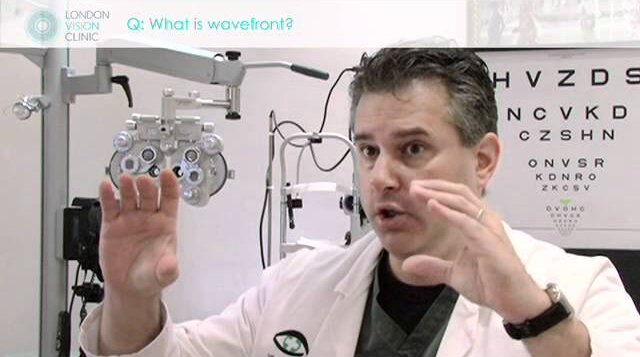
Different wavefront devices will take measurements from a different number of spots across the eye. This can vary from as few as 60 to as many as 650 and more. Images produced from data from a higher number of spots will have a higher resolution.
A low-resolution analyser provides a general impression of the landscape. It measures a few points and then uses a mathematical formula to work out an approximate image of the rest of the eye. In comparison, a high-resolution analyser provides much more detail, providing a more accurate map of the number and location of imperfections.
At London Vision Clinic, we use the Carl Zeiss WASCA wavefront aberrometer, which has the highest resolution on the market. This allows the surgeon to plan your treatment more precisely. While some clinics offer wavefront-guided Laser Eye Surgery at an additional cost, it is offered as standard at our Harley Street clinic.
In the UK, many clinics use other names to attempt to differentiate what is effectively the same procedure. As Mr. Glenn Carp explains in the video below, brand names such as UltraLASIK, UltraLASIKplus, Accu-wave LASIK, Custom LASIK, Wavefront LASIK, and Zyoptix, may all be used to refer to wavefront-guided LASIK.
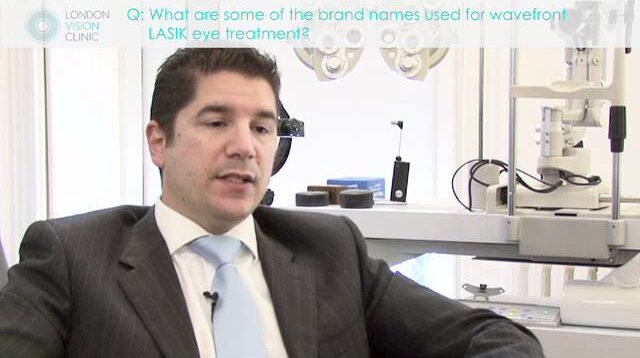
How is wavefront analysis used in Laser Eye Surgery?
The data collected through wavefront analysis not only gives your surgeon a clearer idea of your visual acuity and visual quality but can also be fed into the laser during your treatment. This allows us to adjust your eyesight based not only on your prescription but also according to the diverse and unique optical irregularities of your eyes.
If you’d like to learn more about the technology used at London Vision Clinic, get in touch with one of our clinic coordinators. Alternatively, Book a Consultation today to start your journey to clear vision.

